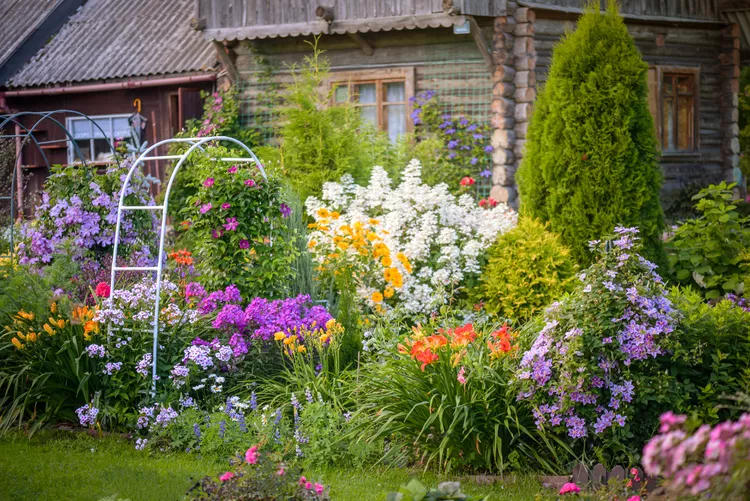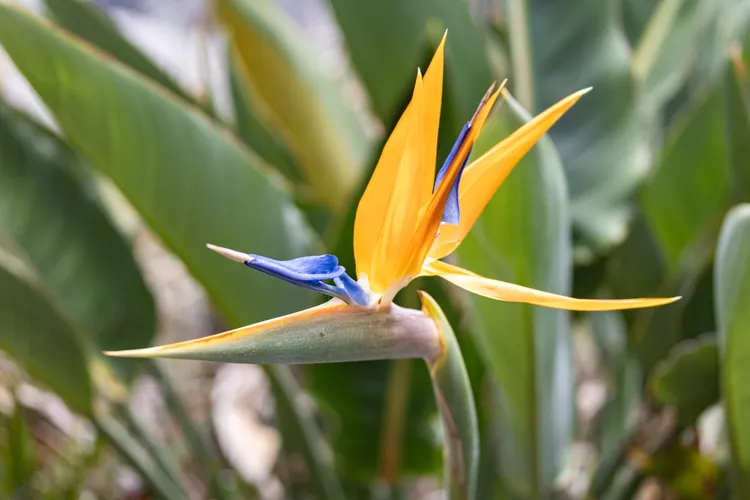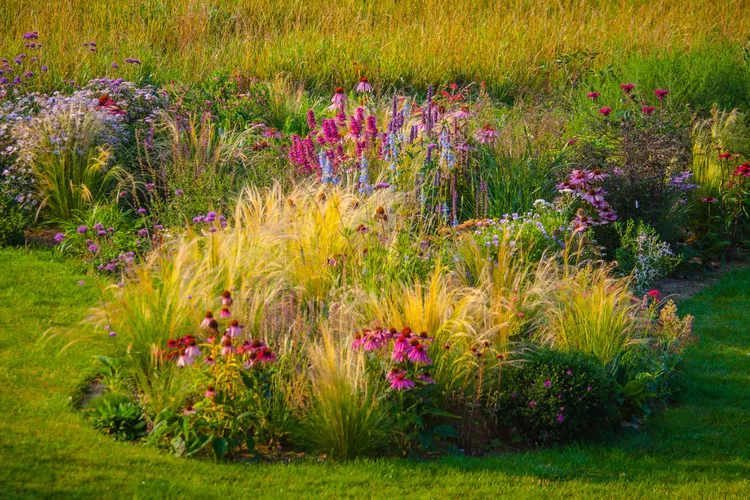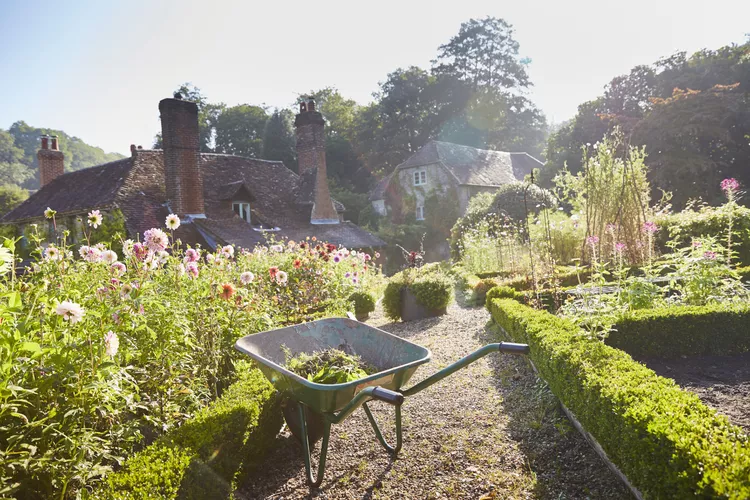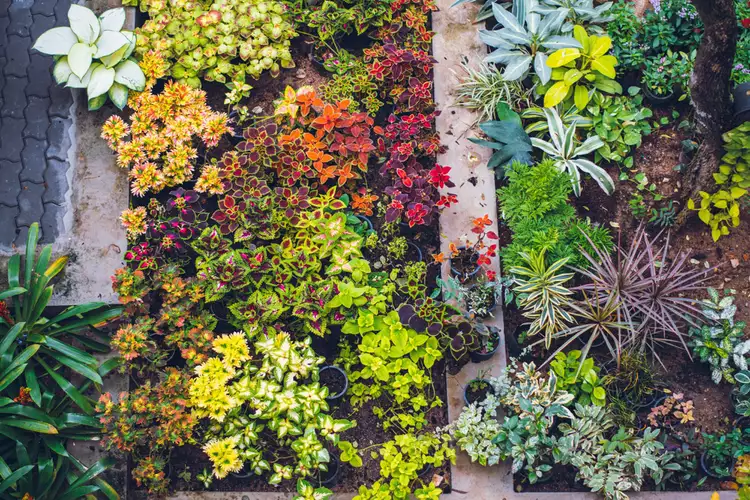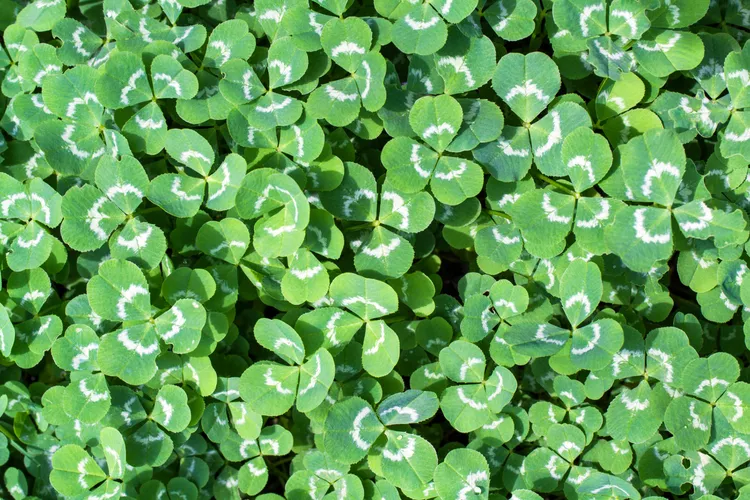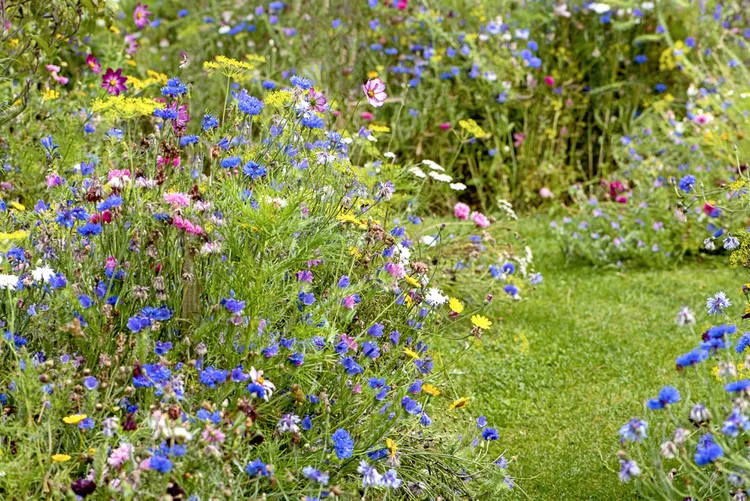- Sensory Gardens: A Feast for the Senses
- Food Forests: Beyond Traditional Gardening
- Gothic Garden Design: A Darker Shade of Green
- Tropical Plants: Bringing the Exotic Home
- Ornamental Grasses: The Unsung Heroes
- English Cottage Gardens: The Charm of the Unkempt
- Maximalism in the Garden: A Bold Statement
- Grass Lawn Alternatives: The Eco-Friendly Shift
- Pollinator Gardens: Allies of the Ecosystem
- Meadow Lawns: The Wild Heart of Gardening
- Xeriscaping: The Drought-Resistant Solution
- Conclusion: Cultivating Change
As the frost recedes across various regions, garden enthusiasts are not just planning but reimagining their outdoor spaces for 2024. The trend has significantly shifted towards gardens that are not only aesthetically pleasing but also sustainable, biodiverse, and beneficial to local wildlife. This article explores the emerging gardening trends that experts believe will shape our outdoor spaces this year.
Sensory Gardens: A Feast for the Senses
Engaging All Five Senses
The concept of sensory gardens is taking root, designed to offer more than visual beauty. These gardens aim to stimulate all five senses, offering a sanctuary where one can connect with nature on a deeper level. Imagine the soothing sound of a bird bath, the soft touch of ornamental grasses underfoot, and the scent of blooming flowers – sensory gardens are about creating immersive experiences.
Mindfulness and Stress Reduction
In a world that’s always on, sensory gardens provide a haven for mindfulness and stress reduction. The thoughtful combination of elements that appeal to sight, smell, touch, taste, and hearing can help individuals ground themselves in the present moment, fostering a sense of peace and well-being.
Food Forests: Beyond Traditional Gardening
Nourishing Communities
The resurgence of food forests marks a return to gardening with a purpose beyond aesthetics. These layered ecosystems, designed to mimic natural forests, offer a sustainable method of producing food. From root crops and fungi to towering fruit trees, food forests are a testament to gardening’s potential impact on community sustenance and urban greening.
The Rise of Urban Agriculture
As urban areas continue to search for green solutions, food forests represent an innovative approach to local food production. They demonstrate how spaces, regardless of size, can contribute to the local ecosystem and food security, paving the way for a future where communities are more resilient and self-reliant.
Gothic Garden Design: A Darker Shade of Green
Embracing the Drama
2024 welcomes the bold and dramatic with the rise of gothic garden design. This trend is characterized by plants with dark foliage and blooms, creating a garden that captivates with its intensity and mystery. Incorporating gothic elements like statues and pottery adds a layer of intrigue, making the garden a place of discovery.
Aesthetic Diversity in Gardening
Gothic garden design highlights the evolving tastes of gardeners, showcasing a move away from traditional aesthetics towards more personalized and thematic spaces. It reflects the gardeners’ desire to express their unique style while creating spaces that stand out for their dramatic flair.
Tropical Plants: Bringing the Exotic Home
A Splash of Tropical Color
Tropical plants are making their mark both indoors and in outdoor gardens. Known for their vibrant foliage, these plants add an exotic touch to any setting. From the architectural beauty of snake plants to the cascading leaves of pothos, tropical plants offer a visual feast that transports you to a warmer climate.
Adapting to Different Climates
The appeal of tropical plants lies in their versatility. Many species have adapted to thrive in various conditions, making it possible for gardeners in non-tropical regions to enjoy their lush beauty. This adaptability encourages gardeners to experiment with new plants, expanding the possibilities for garden design.
Ornamental Grasses: The Unsung Heroes
Front and Center
Gone are the days when ornamental grasses played a supporting role in garden design. In 2024, these versatile plants are taking center stage. Their resilience and low maintenance make them ideal for creating landscapes that are not only beautiful but also sustainable.
A Haven for Wildlife
Ornamental grasses are more than just pretty; they’re crucial for biodiversity. Providing food and shelter for wildlife, these plants contribute to a garden ecosystem that supports birds, bees, and other beneficial creatures. Their inclusion in garden design is a step towards more environmentally conscious gardening.
English Cottage Gardens: The Charm of the Unkempt
Whimsical and Free-Form
The English cottage garden trend celebrates the beauty of the natural and the informal. With a focus on wildflowers, meandering paths, and a mix-and-match approach to plant selection, this style offers a refreshing take on garden design that prioritizes charm and character over precision.
An Ode to Nostalgia
The resurgence of the English cottage garden style is like a nod to a simpler, more romantic gardening era. It evokes images of quaint cottages surrounded by lush, overflowing gardens that seem to have sprung up naturally. This trend appeals to gardeners looking for a less structured approach to their outdoor spaces, one that feels both personal and inviting.
Maximalism in the Garden: A Bold Statement
Energizing Landscapes
Maximalism outdoors is all about embracing boldness and vibrancy in garden design. This trend encourages gardeners to create spaces that are full of life, color, and texture. From densely planted meadows to layered tropical gardens, maximalism is for those who believe more is more when it comes to their green spaces.
Creativity Unleashed
The move towards maximalism in gardens is a testament to gardeners’ desire to express themselves creatively. It’s about mixing and matching, not just plants, but styles, materials, and colors, to create a garden that’s uniquely theirs. This trend is a celebration of individuality and the joy of gardening.
Grass Lawn Alternatives: The Eco-Friendly Shift
Rethinking the Traditional Lawn
In light of environmental concerns and water scarcity, the traditional grass lawn is undergoing a transformation. Gardeners are increasingly seeking alternatives that require less water and maintenance. From clover to native groundcovers, these alternatives offer a sustainable solution to the conventional lawn.
A Response to Climate Challenges
The shift towards lawn alternatives is a reflection of gardeners’ awareness of and response to climate change and water shortages. By choosing more eco-friendly options, gardeners are not only conserving water but also creating landscapes that are more resilient and less dependent on intensive care.
Pollinator Gardens: Allies of the Ecosystem
Supporting Our Pollinators
Pollinator gardens are designed to provide food and shelter for crucial pollinators such as bees, butterflies, and hummingbirds. By planting a variety of flowers like daisies, lavender, and lilacs, gardeners can attract these beneficial creatures, which play a vital role in our ecosystem.
A Garden That Gives Back
The beauty of pollinator gardens lies in their mutual benefit. Not only do these gardens support biodiversity, but they also ensure the health of our food crops and ornamental plants. It’s a trend that highlights gardening’s role in the larger environmental context, fostering a closer connection between the gardener and the natural world.
Meadow Lawns: The Wild Heart of Gardening
Embracing the Untamed
Meadow lawns are a celebration of the wild and natural. Preferring a mix of native and pollinator-friendly plants, this trend moves away from manicured perfection in favor of a more relaxed, informal look. Meadow lawns are for those who appreciate the beauty of nature in its most unfiltered form.
Low Maintenance, High Reward
The allure of meadow lawns lies in their low-maintenance nature and their contribution to biodiversity. They provide a habitat for wildlife and a feast for the eyes with their diverse plant life. It’s a gardening trend that proves simplicity and sustainability can go hand in hand.
Xeriscaping: The Drought-Resistant Solution
Conserving Water in Style
Xeriscaping is a gardening style that focuses on water conservation through the use of drought-tolerant plants. Popular in regions prone to water shortages, it offers a practical yet beautiful alternative to water-intensive gardening. By selecting plants like agave and cacti, gardeners can create stunning landscapes that require minimal irrigation.
A Sustainable Approach to Gardening
Adopting xeriscaping principles is a forward-thinking approach to garden design. It not only addresses the immediate need for water conservation but also prepares gardens for the future, making them more adaptable to changing climate conditions. Xeriscaping is a testament to the gardeners’ commitment to sustainability and environmental stewardship.
Conclusion: Cultivating Change
The gardening trends of 2024 reflect a collective shift towards more sustainable, biodiverse, and personally meaningful garden practices. From the sensory immersion of sensory gardens to the ecological benefits of pollinator gardens and xeriscaping, these trends are about more than just aesthetics. They represent a deeper understanding of gardening’s role in our lives and the environment. As gardeners embrace these trends, they’re not just cultivating their gardens but also nurturing a healthier planet for future generations.

